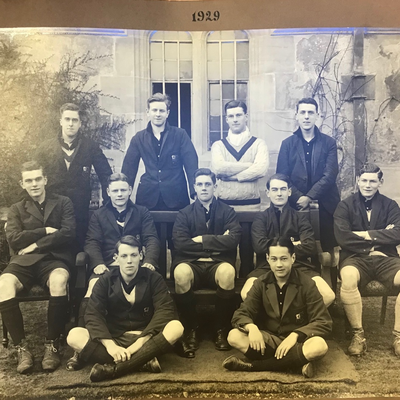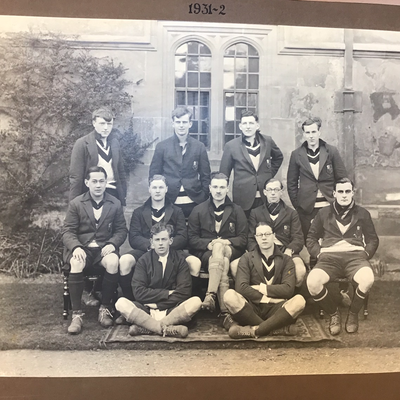Tan Hoon Siang, 1909-1991. (SJC: 1928-32)
Tan’s father Tan Chay Chan was a rubber planter who owned estates in Malaya and Sri Lanka. His great-grandfather, Tan Tock Seng, a merchant from Malacca who became a respected philanthropist and founder of the Tan Tock Seng Hospital in Singapore, had been a prominent official in the colonial government, serving as Kapitan China, or leader of the local Chinese communities. Tan Hoon Siang was educated at Malacca High School and The Perse School, Cambridge. He matriculated in 1928, and took a third in Jurisprudence, gaining his BA degree in 1932, MA 1948. He was called to the Bar at the Inner Temple in 1934, and returned to Singapore to work as an advocate and solicitor in 1935. Tan was Municipal Commissioner in 1946-8, Chairman of British and Malayan Trustees Ltd., Director of the Overseas Chinese Banking Corporation and several public companies, and was awarded the Singapore Certificate of Honour for humanitarian work.
According to the Singapore Memory Project, Tan was a keen horticulturalist, as were his father and grandfather.[i] It may be that his time at St. John’s in the era of Henry Jardine Bidder, the College Bursar who laid the famous rock garden with the help of the botanist R. J. Farrer, sharpened Tan’s interest. Tan was particularly interested in the cultivation of orchids, a notoriously difficult plan to grow successfully, and is credited with stimulating the start of an Orchid cultivation industry in Singapore after winning a coveted first-class certificate at the 1954 Chelsea Flower Show in England for his newly bred specie of orchid, the Vanda Tan Chay Yan. The Singapore Memory Project also records that Tan Hoon Siang’s horticultural expertise in growing orchids may have saved his and his family’s life during the invasion and occupation of Singapore by the Japanese in World War II. Tan had been presented by a friend with an orchid, of a kind known as Vanda Dearei (the specie that Tan later cross-bred with another to grow his Vanda Tan Chay Yan), which he planted in his garden. When the Japanese invaded Singapore, Tan elected to remain with his family rather than leave the country. The Japanese are said to have visited the Tan residence and asked Tan to undertake the translation of BBC codes. Tan refused, and the Japanese officials then noticed the orchid growing in his garden. Instead of being arrested Tan was charged with cultivating rice to serve army requirements, and moved with his family to a small town in Johor, (in modern Malaysia), while his colonial-style bungalow was requisitioned by the Japanese.[ii].
Tan Hoon Siang’s time at St. John’s represents another thread in the tapestry of connections between the College and the colonial past. A Chinese Singaporean with roots in Malacca, and a family history of service and commercial links with the colonial government in what was British Malaya, Tan like, Saravanamuttu, also from a well-placed immigrant family in Colonial Malaya, took active part in College life, and college sports, contributing richly to the College’s constantly evolving identity, and in turn, being influenced by his friends, teammates, tutors and the everyday life of THE College. In his autobiography, Saravanamuttu mentioned the College gardens and H. J. Bidder with affection, and it seems likely that the attention to plant life, and gardens, the cultivation of studies such as Horticulture, Botany and Agriculture at St. John’s, and also the Rural Economy Department’s presence on the College main site, encouraged students who had no prior knowledge of these fields to take an interest, and inspired students who may have had a family background in agriculture or cultivation, to take their interest further.
[i] https://www.singaporememory.sg/contents/SMA-510b81c0-5810-4f75-acea-1d12aeb0f77a
[ii] Ibid.

